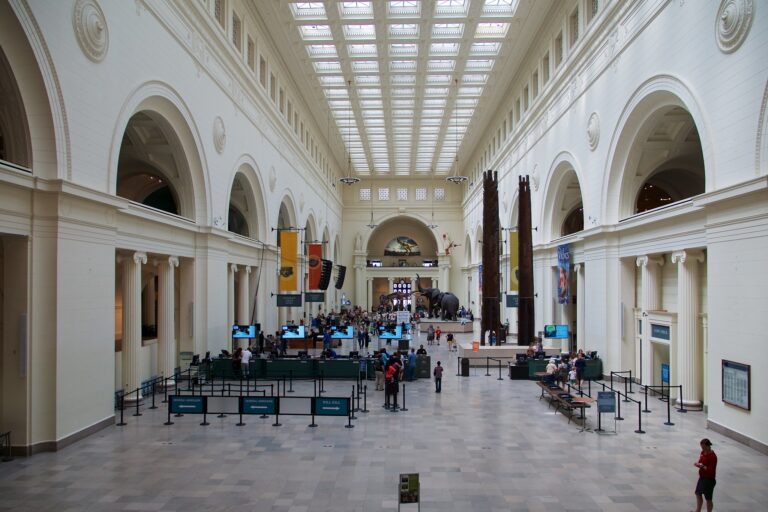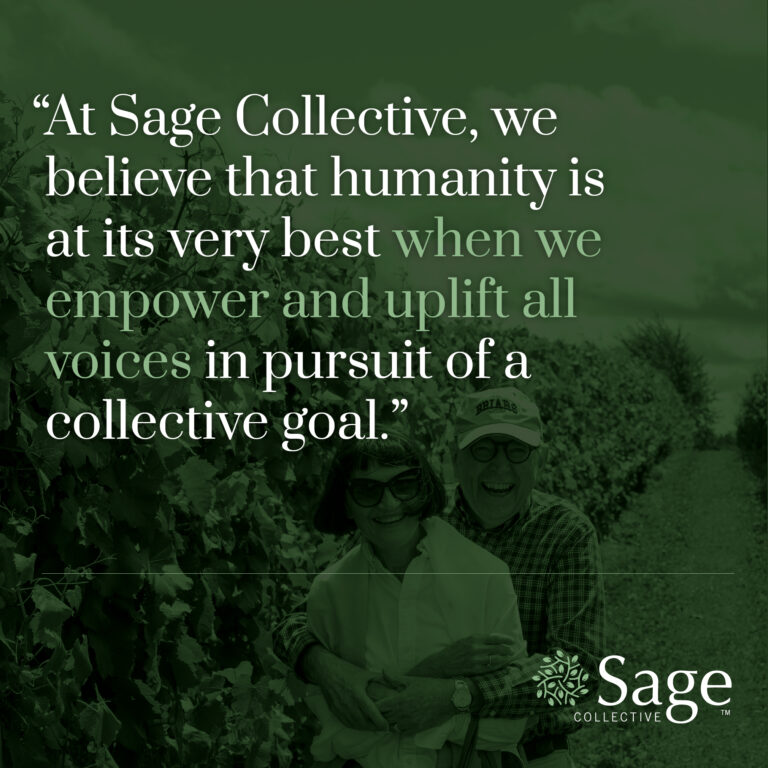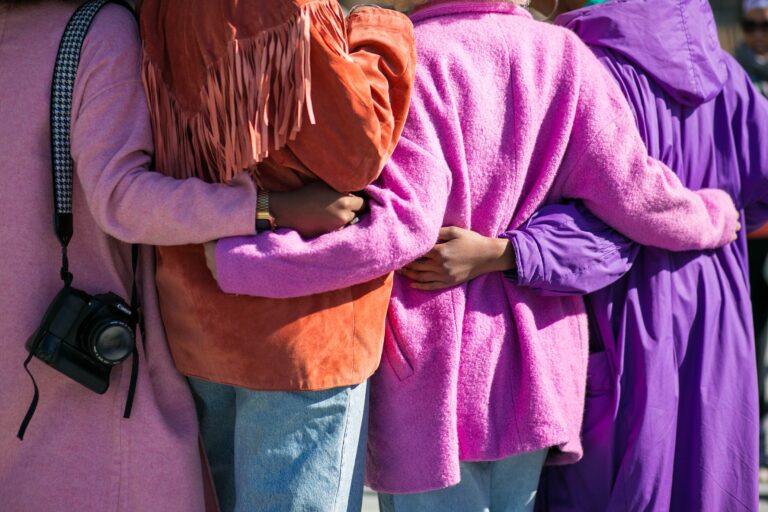How to Continue Aging Successfully in 2022
At Sage Collective, we advocate for aging better, whether you are 75 years old or 55. No matter your age, incorporating these strategies into your life can help dramatically as time passes. Here are a few secrets on how to successfully age in the new year:
Gain Self-awareness
As we age, health continues to be a huge priority for many adults. Gaining self-awareness means taking a critical look at your life right now and deciding what you’re able to maintain and what is no longer possible. As you continue to age, reflect on how your body reacts to certain activities and make adjustments where you feel is needed. For example, if you’re noticing that your usual workout routine is becoming too strenuous on your body, switch it out for something more forgiving like swimming or yoga.
The same goes for your appearance! If it’s becoming too much work to color your grays away, embrace your natural look. A major key to aging successfully is embracing the changes in yourself and your body and adapting as necessary.
Stay Active
In the same vein, staying active plays a huge role in how your body fares as you age. For older adults, studies have shown that maintaining an active lifestyle rather than a sedentary one leads to a longer, happier life. In the new year, engage in exercise that is more forgiving for older adults; we recommend water aerobics, pilates, walks and resistance bands workouts! As you exercise, listen to your body and pay close attention to how your muscles and joints are feeling – if you’re feeling tense and achy, opt for something gentler.
Adopt Super-Aging Techniques
Keeping your brain healthy is as important as keeping your body fit while aging. A ‘cognitive super-ager’ is someone who is towards the end of their life but has the brain cognition of someone thirty years younger. Scientists are looking to these special seniors for additional tips on keeping your mind pristine as you get older. The main takeaways right now are that many super-agers are highly educated, consume a Mediterranean-style diet, take time for themselves and socialize with their peers. In the new year, try adopting some of these tips to up your chance of being a super-ager.
In order to live a vibrant life as we age, we must take vital steps to ensure the best for our bodies and mind. Gaining self-awareness, staying active and adopting super-aging techniques are just a few of the countless approaches you can take in 2022 to continue aging successfully.











